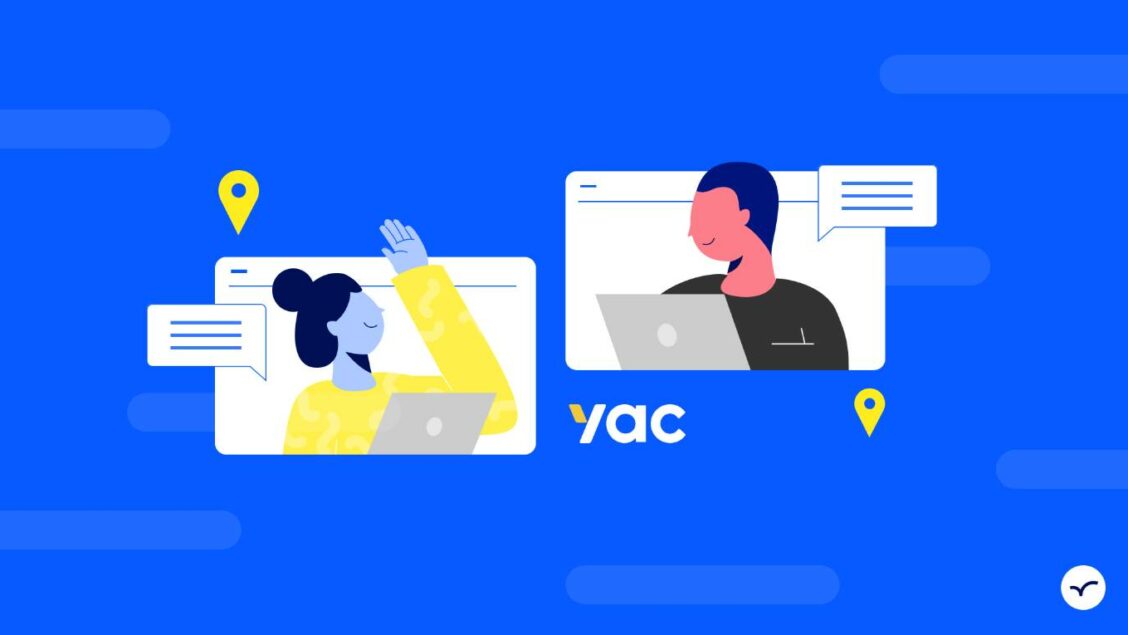Guest Post by Justin Mitchell, Founder and CEO of Yac.
This year, we raised $7.5 million in venture funding for our voice messaging app Yac. This is my second company, but also my fifth year of hiring remote employees, contractors, and freelancers. The whole team at Yac is remote and all of our hiring has been remotely. To this day I have only met a fraction of our team in person.
I don’t have a specific “3-step process” for my hires. Instead, I hire with a few core fundamentals in mind. Based on my experience in a remote environment, working from fundamentals over a must-follow process allows for way more humanity – and it’s way more inclusive.
Looking to hire the best remote talent? See how Arc can help you:
⚡️ Find the world’s top developers, designers, and marketers
⚡️ Hire 4x faster with fully vetted candidates
⚡️ Save up to 58% with global hires
Hire top talent with Arc risk-free →
1. Hire Spare-Time Warriors
One of the first questions I ask potential candidates is “What do you do in your spare time?”
The way I see it, I want to hire people to do tasks they do for free in their spare time (except, of course, I’ll pay them to do that task for me). If someone is so passionate about something they do it in their spare time, can you imagine the passion they will bring to their role? I’ll give you a hint: it’s a lot. We pay them to do it, so they win. They deliver amazing work, so we win.
For example, one of our content writers runs an indie news site. The content he produces for us, though, helps us sell more and increase our user base. Our in-house marketing specialist, Emilio, uses TikTok personally, so we had him make a few videos for us. They’ve now reached over 5M+ views and he’s created things we never would have thought on our own.
2. Embrace The Side Hustle
Building a company is, in many ways, a game of ‘who can learn the fastest?’
In my experience, people learn quickly when they have side hustles. So I actively look for candidates with side projects. I even have one, a product that changes the taste of seltzer with a scratch and sniff tab called TastyTabs. My co-founder Justin Mitchell runs an indie emailing SaaS called Newton. And when our director of design told us she is also a part-time professor, we were ecstatic.
Some argue side projects distract people from business building. I see it differently. People aren’t distracted if they have passion for what they are doing (see fundamental #1). When that happens, having side projects quickly teaches you new lessons, gives you new experiences, and stretches your brain into new territory. Plus, it’s a good way to validate a true entrepreneurial mindset. If you are the type of person that loves creating, you are the type of person I want on my team.
Read More: How to Find Remote Developers: 18+ Expert Tips & Essential Strategies
3. Fire Very Slowly, If At All
I never understood the “fire fast” mentality that permeates some startups. I think the looming threat of a quick-firing does two negative things: damages any claim you make that failure is embraced as a learning experience (because people fear for their jobs if a failure is costly) and creates anxiety on your team that anyone could be fired at any time, reducing overall productivity.
I’m comfortable shifting people’s roles around after they join the team. Knowing that, my hiring process focuses on company-fit first, then role-fit. For instance, our in-house marketing team member turned TikTok maven was actually hired to be our first writer. He was pretty good at it, but we realized he might be better off making videos for us instead of writing — and the rest is history.
The only time we’ve ever “fired” someone was when a contractor ghosted us. We didn’t hear from him for weeks and he didn’t deliver anything, so that was a simple choice. Because we hire people to do for us what they do in their spare time anyway, we rarely have a poor performance situation. However, when it’s clear the role isn’t working, we talk with the person about their career goals, see where they can flourish in the company, and move them there. It’s worked every time.
4. Proximity Is A Dumb Metric
One weird thing I’ve noticed about remote hiring is people talk about it like you can’t hire someone locally. Yac is based in Orlando, and we hire Orlando- and Florida-based people as often as we hire “remote” people. We might conduct the interview process remotely, but it doesn’t mean we can’t hire locally.
The difference in my hiring process is that I focus on talent and culture fit, not office proximity. So it’s great if you are in the Orlando area, since it means we can collaborate in person occasionally. But it’s not necessary. If you’re a great fit and good at the work you do, I don’t really check where you live. We pay everyone remotely too, so they can set up their own direct deposit and other banking information.
Read More: How to Implement a Welcoming Software Developer Onboarding Process
Stop Overthinking Remote Hiring
I promise, remote hiring only feels weird the first two times (once to do it, once to get used to it).
After that, it’s a simple process. As much as remote hiring is different from the traditional coffee chats and super days, it’s critical to remember hiring remotely is a different process to achieve the same outcome: amazing people on your team.
The rest is just tactics.
You can also try Arc, your shortcut to the world’s best remote talent:
⚡️ Access 350,000 top developers, designers, and marketers
⚡️ Vetted and ready to interview
⚡️ Freelance or full-time








